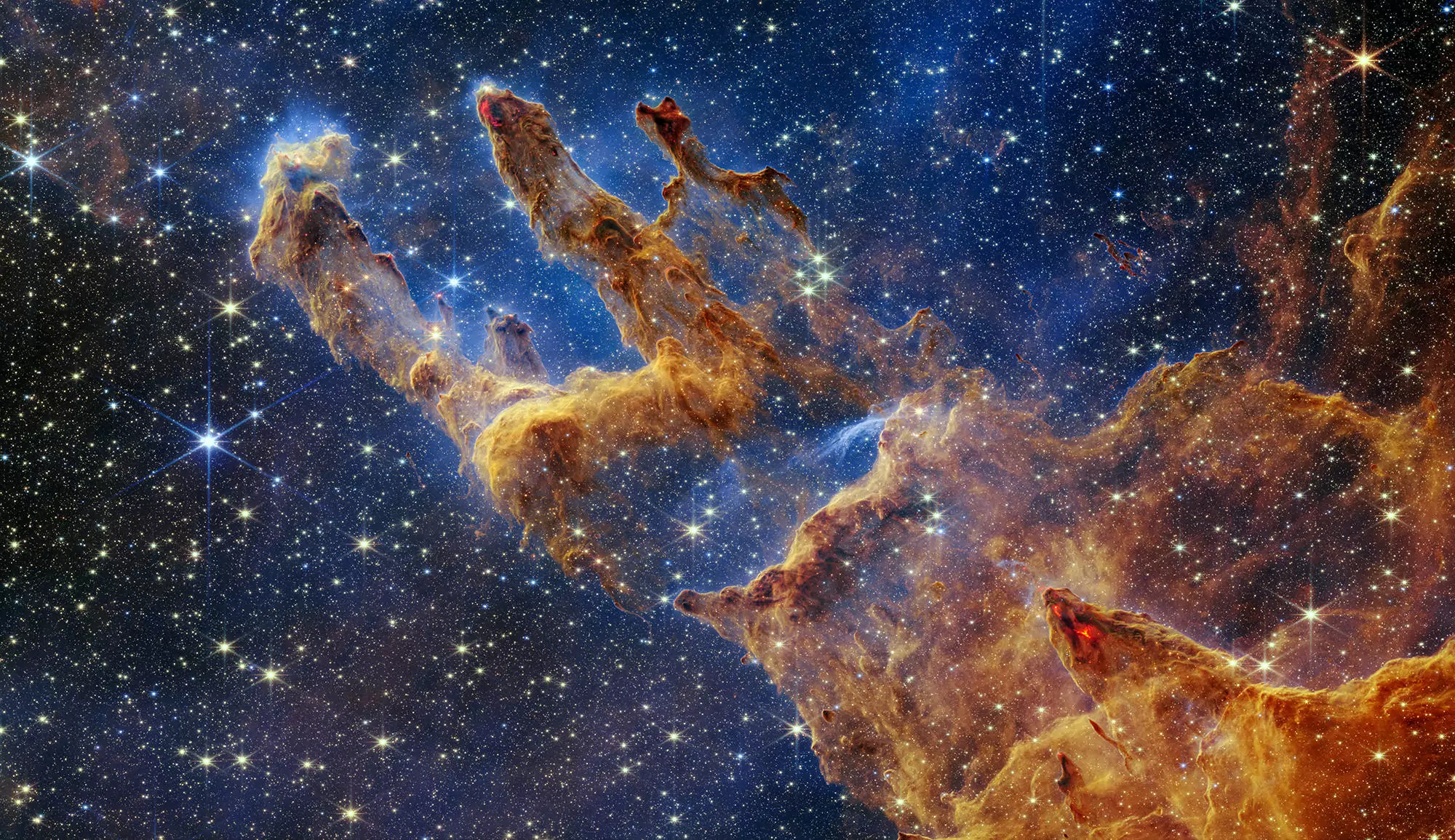Following its launch into a near perfect orbit on the 27 December 2006, the Corot satellite has been busy carrying out both in-orbit verification and its first scientific observations. This spacecraft, which is a cooperative mission between the French space agency CNES, CNRS and international partners ESA, Austria, Belgium, Brazil, Germany and Spain. Corot has the dual goal of carrying out the first systematic astero seismological observations of stars other than our Sun and conducting a survey searching for planets like our own at an unprecedented level of accuracy. Scientists and public alike have eagerly awaited the mission. The on-board systems are all working at least as well as predicted and in some cases significantly better than expected, which will have an enormous impact on the results of the mission. While, the systematic and scientific evaluation of the results that are streaming in will yet take some time, we can today present some preliminary results that demonstrate the quality of this impressive spacecraft.

The two major qualities are the continuity of the observations on the same targets, which have already been achieved now for 60 days, and the accuracy of the measurement of their luminosity variations. Since all of the sources of noise and disturbances have not yet been taken into account, what we are displaying today is essentially raw data. This makes the results even more impressive since they are superseeding significantly the pre-launch expectations.

The data of the first exoplanet discovered by Corot (Corot-Exo-1b) has a precision of 3 parts in 10 000 (3 x 10-4) for one hour observation. This means that when all the corrections are applied to the light-curves, photometry at the level of 1 part in 20 000 will be reached (5x 10-5). The precision can even reach 1 part in 50 000 (2 x10-5) if the number of the observed transits is larger than 25. The implications are that very small exoplanets similar to Earth are within the grasp of Corot, and that variations of the stellar reflected light by the planet may be observable (depending on its reflectance), giving indication on its chemical composition.

The astero seismological data are equally impressive. The solar type star presented here has been observed during the first 60 days run at the beginning of the mission ; the data here is also still not fully corrected, but even so the precision achieved is already less than 1 part per million and the harmonic analysis shows clearly the seismic signature.

Since 1995 more than 200 planets have been discovered around stars other than the sun and detected by the radial velocity method. Corot is now on its way to search for smaller exoplanets with its highly accurate photometer. You can also consult the internet sites http://www.cnes.fr http://corot-mission.cnes.fr http://corot.oamp.fr
Crédits This instrument was developed jointly by an integrated team with members from CNES and several CNRS laboratories, including : le Laboratoire d’Etudes Spatiales et d’Instrumentation en Astrophysique (CNRS, Observatoire de Paris, Universités de Paris VI et VII), le Laboratoire d’Astrophysique de Marseille (CNRS, Université d’Aix-Marseille , I. Observatoire Astronomique Marseille Provence), l’Institut d’astrophysique spatiale (CNRS, Université d’Orsay , Observatoire des Sciences de l’Univers), le Laboratoire d’Astrophysique de Toulouse et Tarbes (CNRS , Université de Toulouse 3 , Observatoire Midi-Pyrénées).

